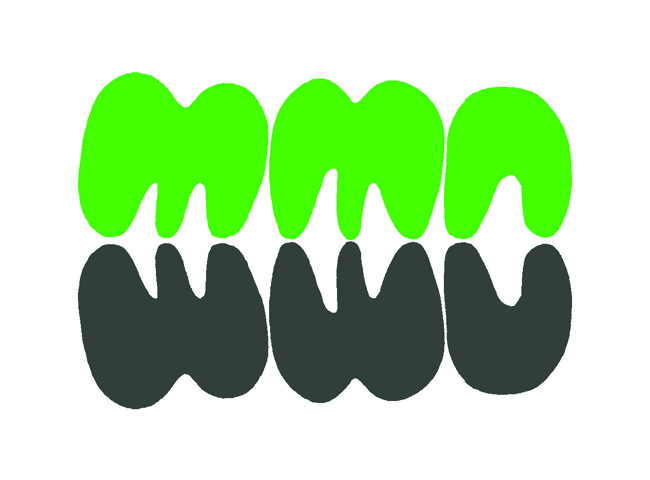Lynchian Dune
Most of the world is familiar with it because of Denis Villeneuve’s Dune: Part 1. Like all his other films, it’s gorgeous to watch. Dune was first published in 1965 by Frank Herbert. There were many attempts to turn this novel into a film previous to Villeneuve. Mad genius Alejandro Jodorowsky took a crack at it, attracting the like of Pink Floyd, Salvador Dali as well as other out there creatives to make Herbert’s written word pulse & wriggle to life like a baby sandworm. It never happened and there is a documentary all about it.
Similar to a lot of gene fiction, when the sci fi element is removed, Dune becomes a story about powerful clashing forces doing their best to eliminate each other. The prize is land, but the real reward is control of a naturally occurring substance which has the ability to redefine time and space. By the way, it’s addicting and the whole universe seems to have a jones for it because power. Did I mention that an indigenous population sits on the land where this drug is produced? The Spice!
Enter David Lynch. For a director whose last name has become synonymous with the weird, bizarre, and left of center, he seemed like the person for the job. Lynch films often use symbolic tropes played so big that they become something else entirely. He’s a visual artist who leans into the cringe, unafraid of the grotesque. He approaches the beautiful and horrid with the same sympathetic gaze.
So go watch his Dune while you wait for part two. Plan on an intermission smoke as it’s over two hours.

